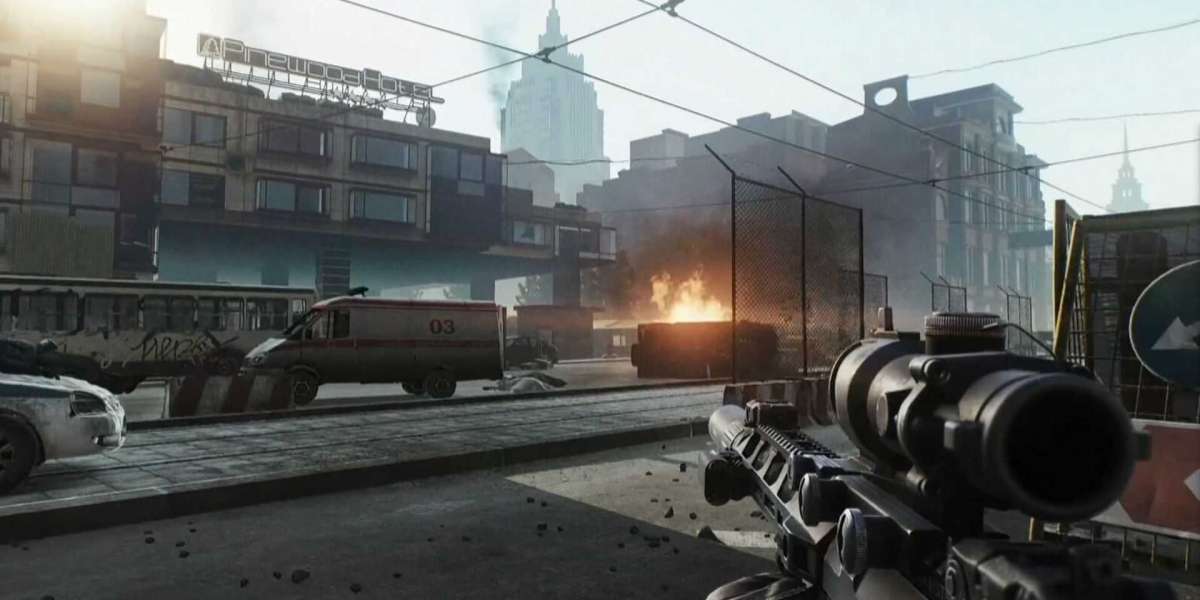The safety and functionality of electrical systems are crucial for any property, whether residential or commercial. An Electrical Installation Condition Report (EICR) is a document that certifies the safety and efficiency of electrical installations. This article delves into the significance of EICRs, the inspection process, and their benefits in ensuring a secure environment.
What is an EICR?
An EICR, or Electrical Installation Condition Report, is a formal document produced following an in-depth assessment of the electrical installations within a property. These reports are crucial for identifying any potential hazards, defects, or deviations from safety standards. They provide property owners with a detailed account of the electrical system's condition and recommend necessary remedial actions.
Why is an EICR Essential?
Ensuring electrical safety is not just about compliance but also about protecting lives and property. An EICR helps in:
- Preventing Electrical Hazards: Regular inspections can identify potential electrical issues before they become serious hazards.
- Compliance with Legal Requirements: Landlords and business owners must comply with safety regulations, and an EICR helps meet these legal obligations.
- Insurance Compliance: Many insurance companies require an EICR to validate property insurance claims.
- Peace of Mind: Knowing that your property’s electrical installations are safe and sound provides significant peace of mind.
The EICR Inspection Process
The process of obtaining an EICR involves several detailed steps:
- Visual Inspection: The electrician first conducts a thorough visual inspection to identify obvious defects or hazards.
- Testing: Various tests are performed on the electrical system to check for faults or deviations from safety standards.
- Evaluation: The results are evaluated to determine the condition of the installation.
- Report Compilation: A detailed report is compiled, documenting any issues found and suggesting necessary remedial actions.
Frequency of EICR Inspections
The frequency of EICR inspections depends on the type of property and its usage:
- Domestic Properties: Every 10 years or at the change of occupancy.
- Rented Properties: Every 5 years or at the change of tenancy.
- Commercial Properties: Every 5 years or as specified by local regulations.
- Industrial Properties: Every 3 years due to the higher risk environment.
Key Components of an EICR
An EICR includes several critical components:
- Condition of Wiring and Circuits: Assessment of the wiring and circuits to ensure they meet safety standards.
- Testing of Fixed Installations: This includes testing sockets, switches, light fittings, and other fixed electrical installations.
- Identification of Defects: Highlighting any defects or potential hazards that need immediate attention.
- Recommendations: Providing recommendations for remedial actions to rectify identified issues.
Common Issues Identified in an EICR
Several common issues may be identified during an EICR inspection:
- Deterioration of Wiring: Over time, wiring can degrade, posing significant risks.
- Inadequate Earthing: Proper earthing is essential for electrical safety.
- Overloaded Circuits: Excessive load on circuits can lead to overheating and fires.
- Obsolete Installations: Older installations may not meet current safety standards.
Remedial Actions Following an EICR
After an EICR, the report may indicate the need for remedial actions:
- Rewiring: In cases of severely deteriorated wiring.
- Upgrading Fuse Boards: Installing modern, safer fuse boards.
- Fixing Defects: Addressing identified defects such as broken sockets or switches.
- Improving Earthing and Bonding: Ensuring all electrical installations are adequately earthed and bonded.
EICR and Property Sales
When selling a property, an EICR can be a valuable asset:
- Assures Buyers: Provides potential buyers with confidence in the safety of the property’s electrical installations.
- Smooths Sales Process: Demonstrates compliance with safety standards, potentially speeding up the sales process.
- Negotiation Tool: Can be used to justify the property’s value or negotiate repairs.
Choosing a Qualified Electrician for an EICR
It's vital to choose a qualified and experienced electrician for conducting an EICR:
- Certification: Ensure the electrician is certified by a recognized body such as NICEIC or ECA.
- Experience: Preferably, choose an electrician with extensive experience in conducting EICRs.
- Reputation: Check reviews and testimonials to ensure the electrician has a good reputation.
Costs Associated with an EICR
The cost of an EICR can vary based on several factors:
- Size of Property: Larger properties may require more extensive inspections, increasing costs.
- Type of Property: Commercial and industrial properties might incur higher costs due to the complexity of installations.
- Location: Costs can vary based on geographical location and local market rates.
- Frequency: Regular inspections might reduce the overall cost compared to infrequent checks requiring more extensive work.
EICR and Landlord Responsibilities
Landlords have specific responsibilities regarding EICRs:
- Regular Inspections: Landlords must ensure that electrical installations are inspected regularly.
- Tenant Safety: Ensuring the safety of tenants by addressing any identified issues promptly.
- Documentation: Maintaining records of all inspections and remedial works carried out.
The Role of an EICR in Fire Safety
Electrical faults are a common cause of fires. An EICR plays a crucial role in fire safety:
- Identifying Risks: Helps in identifying potential fire hazards due to electrical faults.
- Preventative Measures: Provides recommendations for preventive measures to reduce fire risks.
- Legal Compliance: Ensures compliance with fire safety regulations.
EICR for Commercial Properties
Commercial properties have specific needs regarding EICRs:
- High Usage: Frequent use of electrical systems in commercial properties necessitates regular inspections.
- Compliance with Regulations: Ensures compliance with health and safety regulations.
- Employee Safety: Protects employees from potential electrical hazards.
EICR for Industrial Properties
Industrial properties often have more complex electrical installations:
- Regular Inspections: Due to high-risk environments, more frequent inspections are necessary.
- Complex Systems: Industrial properties require detailed inspections due to the complexity of their systems.
- Compliance and Safety: Ensures compliance with stringent safety regulations and protects workers.
FAQs
What is an EICR? An EICR is a report that assesses the safety and condition of electrical installations within a property.
Why is an EICR important? It ensures electrical safety, compliance with legal requirements, and provides peace of mind.
How often should an EICR be conducted? It depends on the property type: every 10 years for domestic, 5 years for rented, 5 years for commercial, and 3 years for industrial properties.
What are common issues identified in an EICR? Deterioration of wiring, inadequate earthing, overloaded circuits, and obsolete installations are common issues.
How much does an EICR cost? Costs vary based on property size, type, location, and inspection frequency.
What should landlords do regarding EICRs? Landlords should ensure regular inspections, address issues promptly, and maintain documentation.
Conclusion
Ensuring the safety and compliance of electrical installations is paramount for any property owner. An EICR provides a comprehensive assessment, identifying potential risks and recommending necessary actions to mitigate them. Regular inspections not only ensure compliance with legal requirements but also protect lives and property, offering peace of mind to property owners and occupants alike. Investing in an EICR is a proactive step towards maintaining a safe and compliant environment.












